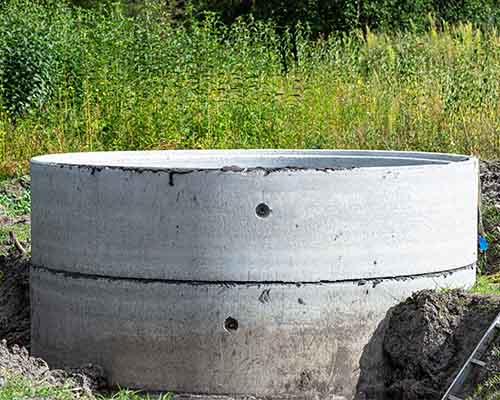
CONCRETE WATER TANK
How to prevent a concrete water tank leak?
Consider a liquid membrane, which can be rolled or trowelled on or even applied by spray. …
Asphalt sheet membranes or barriers with self-adhering qualities are an option to think about.
Mix cementitious products with water and apply with a brush for an extra durable water tank.
SEALBOND EPOXY TANK LINING (ETL-100)
RESEARCH!
Ensure that there is neither leakage of water from the Concrete Water Tank nor any ingress of water from the surrounding soil.
Strongly bonded to the walls of the reservoir or Concrete Water Tank, in order to withstand the negative pressures that develop when the reservoir is emptied and the water table of the surrounding soil is raised, even if this only occurs temporarily.
One of the most important issues that builders confront while constructing concrete water reservoirs is waterproofing. The requirements, which must be satisfied, differ according to whether it is located above or below ground. In the case of an underground reservoir. The waterproofing layer must:
- Be effective in terms of having no leaks.
- Have sufficient elasticity to withstand the expansion and contraction of the reservoir walls and floor, since these are exposed to temperature changes in the environment.
- An essential assumption for successful waterproofing is that the walls and floor of the reservoir are properly designed so that they are statically efficient to withstand the hydrostatic water pressure developed.
- The ambient temperature during the application of the material must be above +5ºC.


